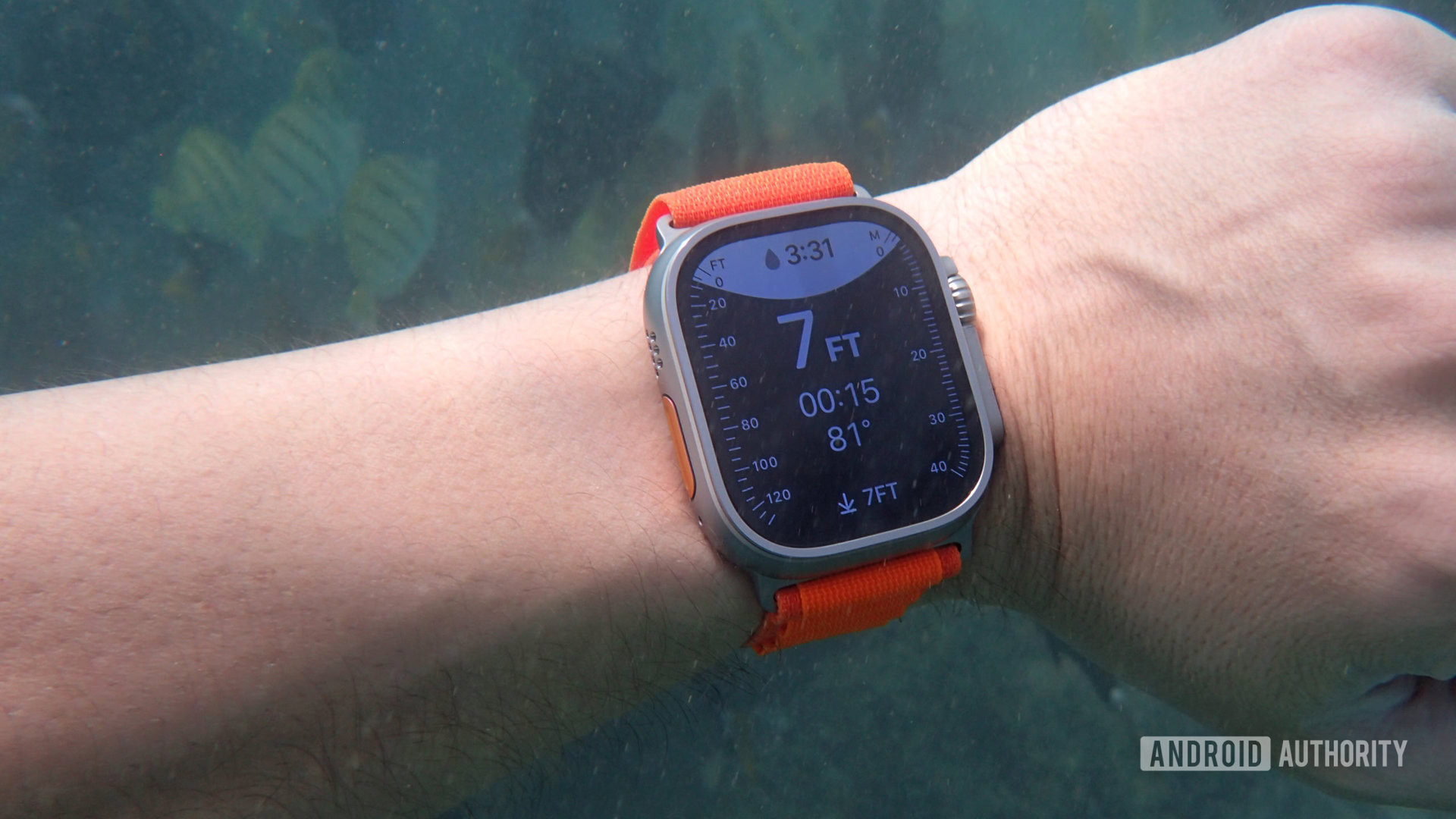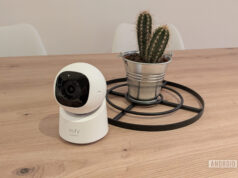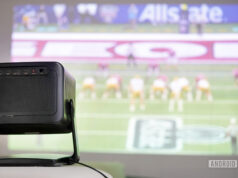Edgar Cervantes / Android Authority
Ingress protection (IP) ratings were once reserved for the most premium of smartphones, but they have now made their way to even affordable smartphones like the Pixel 8a. Yet, with the recent launch of the OnePlus 13, we’ve entered new territory — IP69-rated smartphones. This sounds like a significant leap from the IP67 and IP68 standards, but before we get caught up in the hype, let’s take a step back and understand what this relatively unknown dust and water resistance rating really brings to the table.
What is IP69 and why does it exist?
An Ingress Protection (IP) rating is an international standard for measuring how well devices can resist dust and water. The first digit refers to dust protection, and goes up to a maximum of six. The second numeral refers to water resistance, and can go as high as nine. Most modern smartphones are rated IP67 or IP68, meaning they are as dust-tight as possible and can survive splashes and even submersion in water. Foldable smartphones are often an exception, though, as they may have tiny crevices that allow dust or water to seep in.
We haven’t seen a mainstream device feature the IP69 rating until this year, but plenty of rugged phones have sported it for a while now. This is because manufacturers have to pay an independent third-party lab to test and certify their devices up to a specific IP standard. Testing for a higher rating costs more, so we’ve seen less expensive smartphones typically omit the certification process or settle for a lower class like IP54. That said, many phones like the aforementioned Pixel 8a are tested up to at least IP67 these days.
So what is IP69? The first digit indicates that it has the maximum level of protection against dust. Now that most phones are sealed glass sandwiches, this one is relatively easy to attain. As for the second digit, it refers to the ability to withstand high-pressure jets of water as well as high-temperature steam from any direction. Notably, however, it says nothing about a device’s ability to endure immersion.
IP69 vs IP68 vs IP67: What does the extra protection deliver?
| Level | Solids (first number) | Liquids (second number) |
|---|---|---|
| Level
6 |
Solids (first number)
Dust-tight — no ingress of dust permitted.
|
Liquids (second number)
Protected against powerful jets of water from all directions. |
| Level
7 |
Solids (first number)
/ |
Liquids (second number)
Protected against the effects of immersion in water — between 15 cm (5.9 inches) and 1 meter (3.3 feet) for up to 30 minutes. |
| Level
8 |
Solids (first number)
/ |
Liquids (second number)
Protected against the effects of long periods of immersion in water under pressure. Usually 1.5 meters (4.9 feet) of immersion for up to 30 minutes. |
| Level
9 |
Solids (first number)
/ |
Liquids (second number)
Protected against high pressure and temperature water jets. The device needs to survive 30 seconds of 14-16 liters directed at the phone from multiple angles, at an 80-degree Celsius temperature. |
All three IP ratings that you might see on a smartphone spec sheet have equal dust-resistance if the first digit reads “6”. Moving on then, IP67 devices can be submerged in water up to one meter deep for 30 minutes. IP68 is built for more extreme scenarios, with the ability to withstand at least 1.5 meters of depth for 30 minutes. This is typically enough protection for a smartphone, even one that goes through the daily rigors of life like a plunge in the pool.
IP69 goes above and beyond, keeping the device safe from even high-pressure water jets and steam. The latter means the phone will continue to operate even in extremely high temperature and humidity conditions like the inside of a sauna or potentially a clothes dryer. This level of protection was built for medical-grade devices that need sterilization or road equipment that may need deep cleaning with water jets. However, it’s clearly not a successor to IP68 as it doesn’t include the latter’s criteria.
IP69 waterproofing: Why it doesn’t matter for your next smartphone

Kaitlyn Cimino / Android Authority
While the idea of an IP69-rated phone surviving high-pressure water jets or steam sounds impressive, the reality is far less exciting for most of us. Our smartphones are rarely subjected to pressure washes or steam, after all.
Not to mention, IP69 testing does not say anything about submersion and does not mean you can take your device to greater depths. This is why the OnePlus 13 is advertised as having both IP68 and IP69 ratings. In reality, the IP69 rating is just an addendum for very specific conditions.
Smartphones with an IP69 rating will somewhat confusingly need IP68 too.
It’s likely that many devices on the market already have the same level of protection necessary for an IP69 rating, but without a formal rating. OnePlus followed this very strategy to keep prices low only a few short years ago — it proudly proclaimed that its flagship phones were built to withstand immersion but refused to pay for certification.
All in all, an IP69 rating also does not make your smartphone any more waterproof than the lower ratings. Water resistance is always about testing under carefully controlled scenarios like clean tap water in a laboratory setting. Drop even an IP69-rated phone in seawater or sand, and it may not live to tell the tale.
And when that happens, the smartphone maker’s standard warranty will not cover any damage due to water ingress. Any claims regarding dust or water resistance are just that: claims. So even if we may see IP69 on a growing list of smartphones like the Vivo X100 Ultra and the OnePlus 13, we must treat it for what it is — just one more checkbox on the spec sheet that won’t make a material difference to our daily lives.








